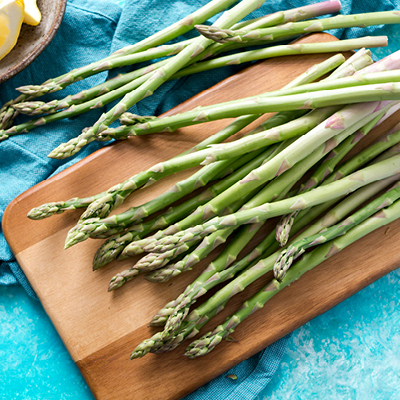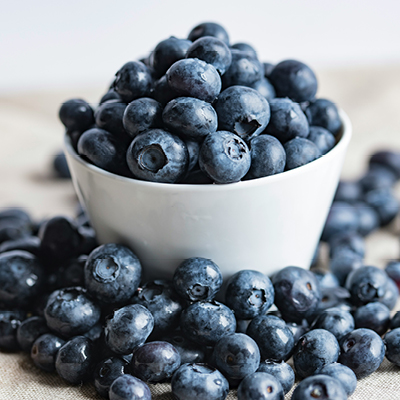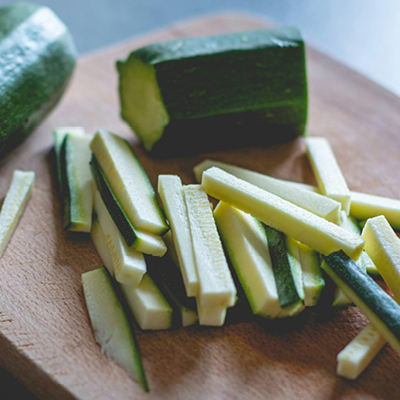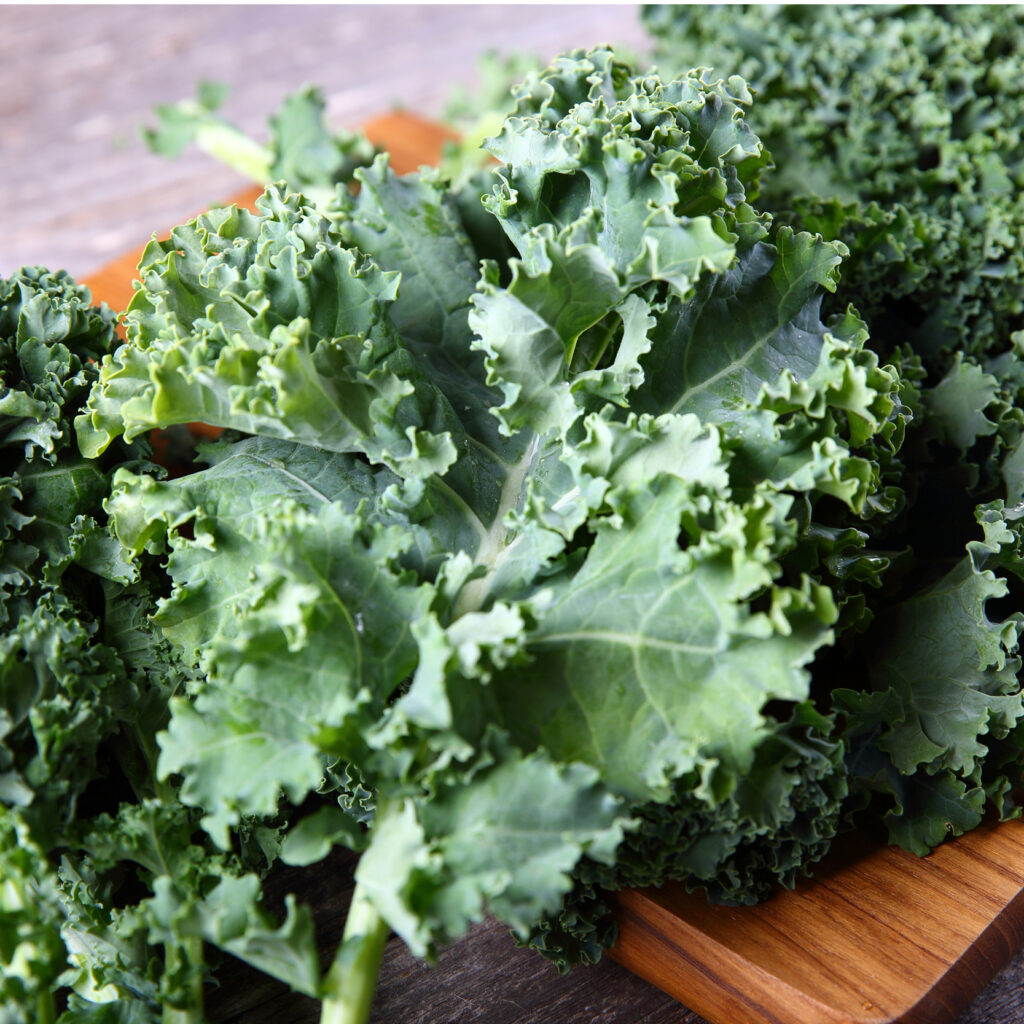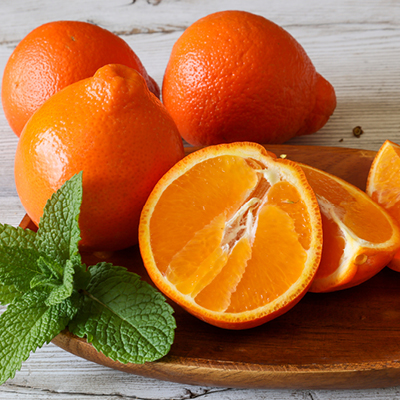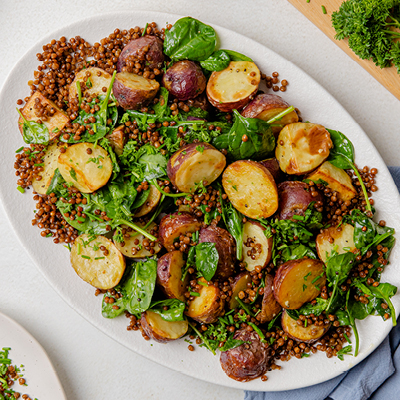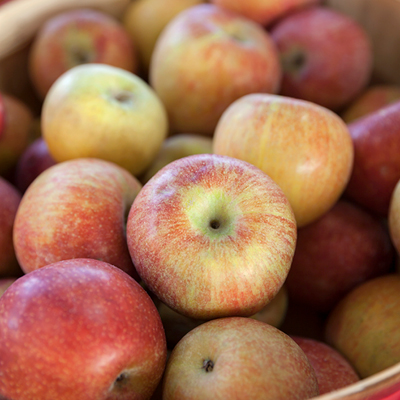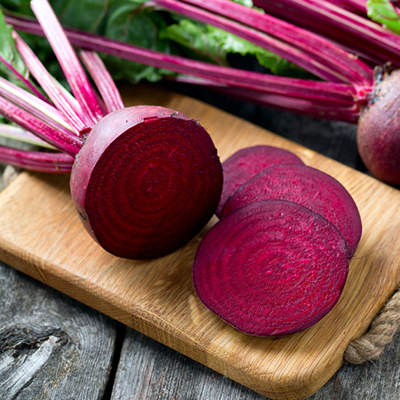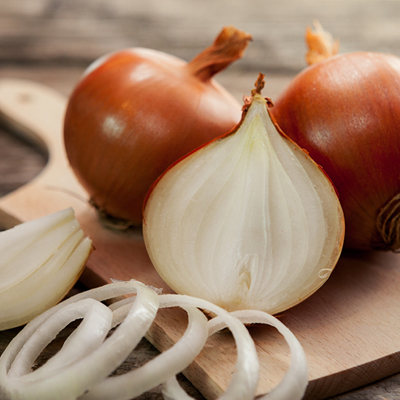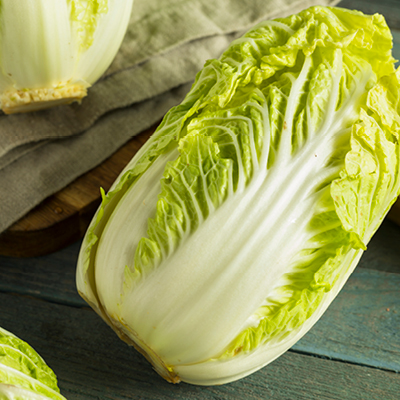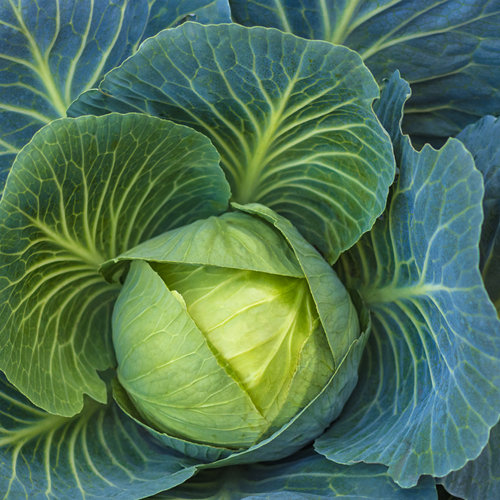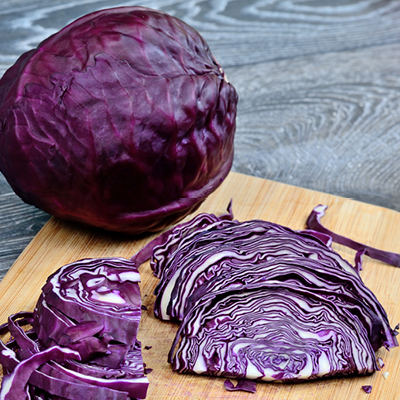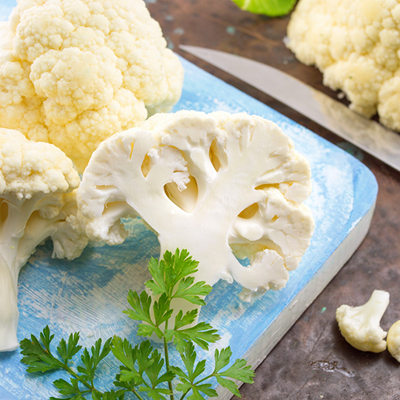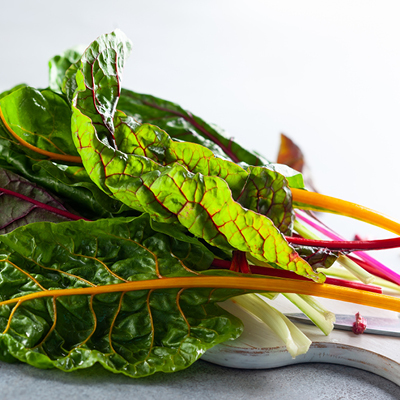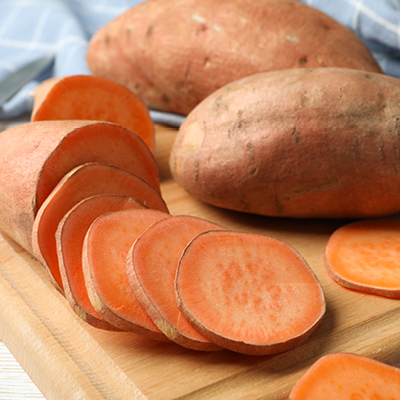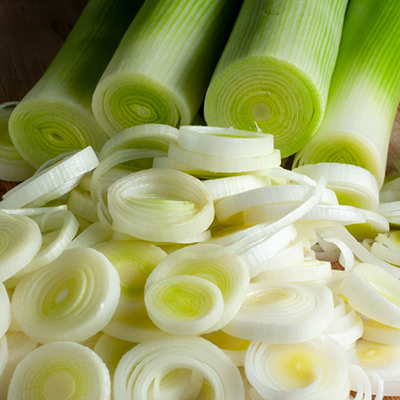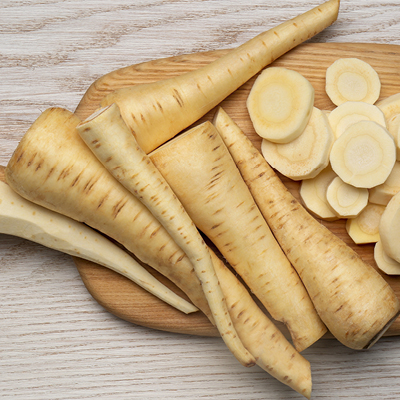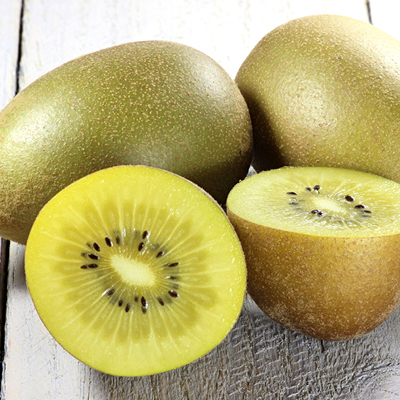Find out what's in season and how to use it
Choosing to eat seasonal fruits and vegetables naturally supports the nutritional needs of the body. Eating seasonally also supports a climate-friendly diet and a sustainable lifestyle. Local, seasonal produce often tastes better, costs less and supports your community.
Use our handy chart below to identify what’s in season. Simply click on each season for a list of what’s thriving at that time. Each fruit and vegetable listing will explain what it tastes like, how to use it and offer a collection of healthy, wholesome recipes for you to cook in your own kitchen.




